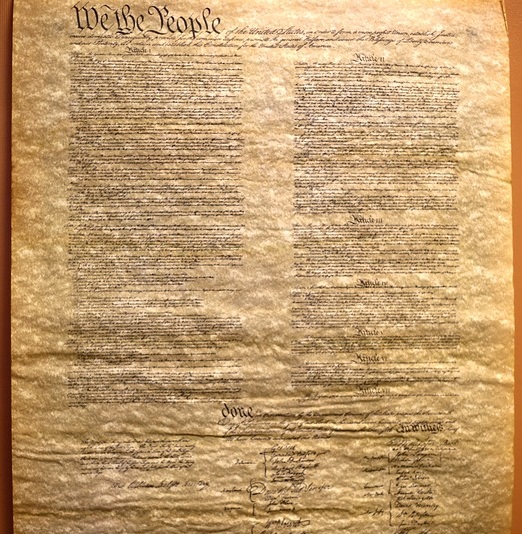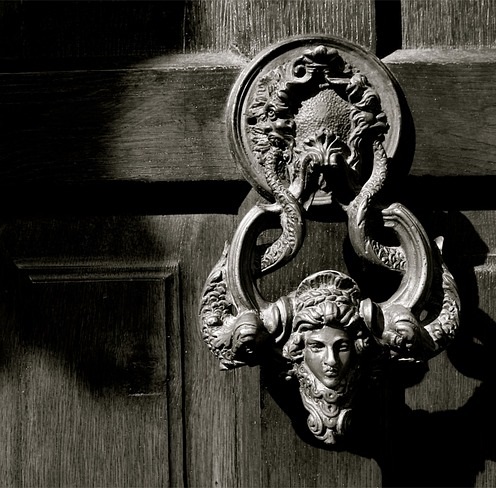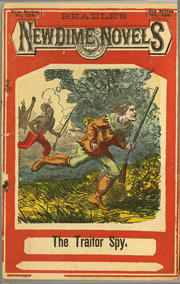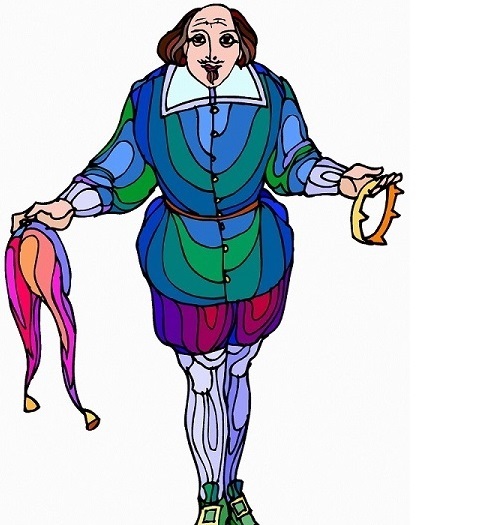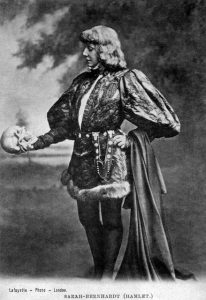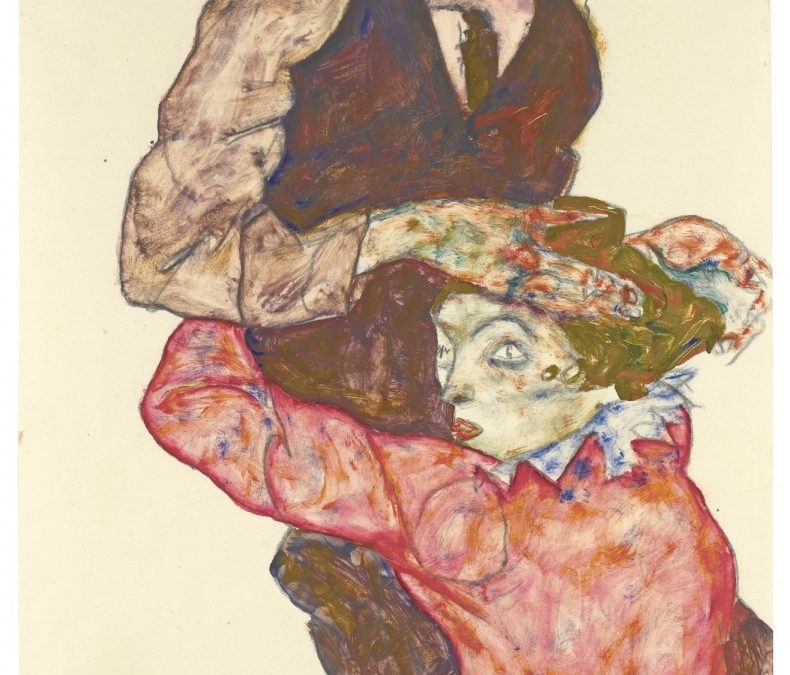
O. Henry’s “The Gift of the Magi”
…achingly real characters,
and such love…
”And here I have lamely related to you
the uneventful chronicle
of two foolish children in a flat
who most unwisely sacrificed for each other
the greatest treasures of their house.”
from “The Gift of the Magi” in The Four Million
by O. Henry (William Sydney Porter [1862-1910])
Published April 1906
Probably you’re an O. Henry fan, you know the whole story of Della and Jim, the two foolish children who sold a beloved gold pocket watch and an entrancing fall of brown hair to buy innocently painful Christmas gifts for each other…even if you’re not an O. Henry fan, I’ll bet you know the story.
Who doesn’t know the story?
“The Gift of the Magi” is a signature O. Henry piece, with achingly real characters slip-sliding through lives shackled by just a touch too much hardship and garlanded with magnificently understated and oh-so-richly-expressed love, such love as never recedes or withers….
Mr. and Mrs. James Dillingham Young unselfconsciously give a master class in young love. You want to be one of them despite their shabby flat and the narrow strictures of a tiny income and the endless prospect of a lesser cut of chops frying in the pan on the back of the tiny stove. The single-minded devotion—their profound and profligate endearment—of Jim and Della illuminates the power of O. Henry’s prose, and the delicacy of his imagination.
William Sydney Porter (1862-1910) used his pen name, O. Henry, for his published work. “The Gift of the Magi” was part of The Four Million, his second short story collection, when it appeared more than 115 years ago. He wrote nearly 300 stories.
* * * * * *
Book review. Copyright © Richard Carl Subber 2017 All rights reserved.
Book review:
American Scripture:
Making the Declaration of Independence
…basically, it’s trash talk to King George
click here
–
Writing Rainbows: Poems for Grown-Ups with 59 free verse and haiku poems,
and the rest of my poetry books are for sale on Amazon (paperback and Kindle)
and free in Kindle Unlimited, search Amazon for “Richard Carl Subber”
* * * * * *
